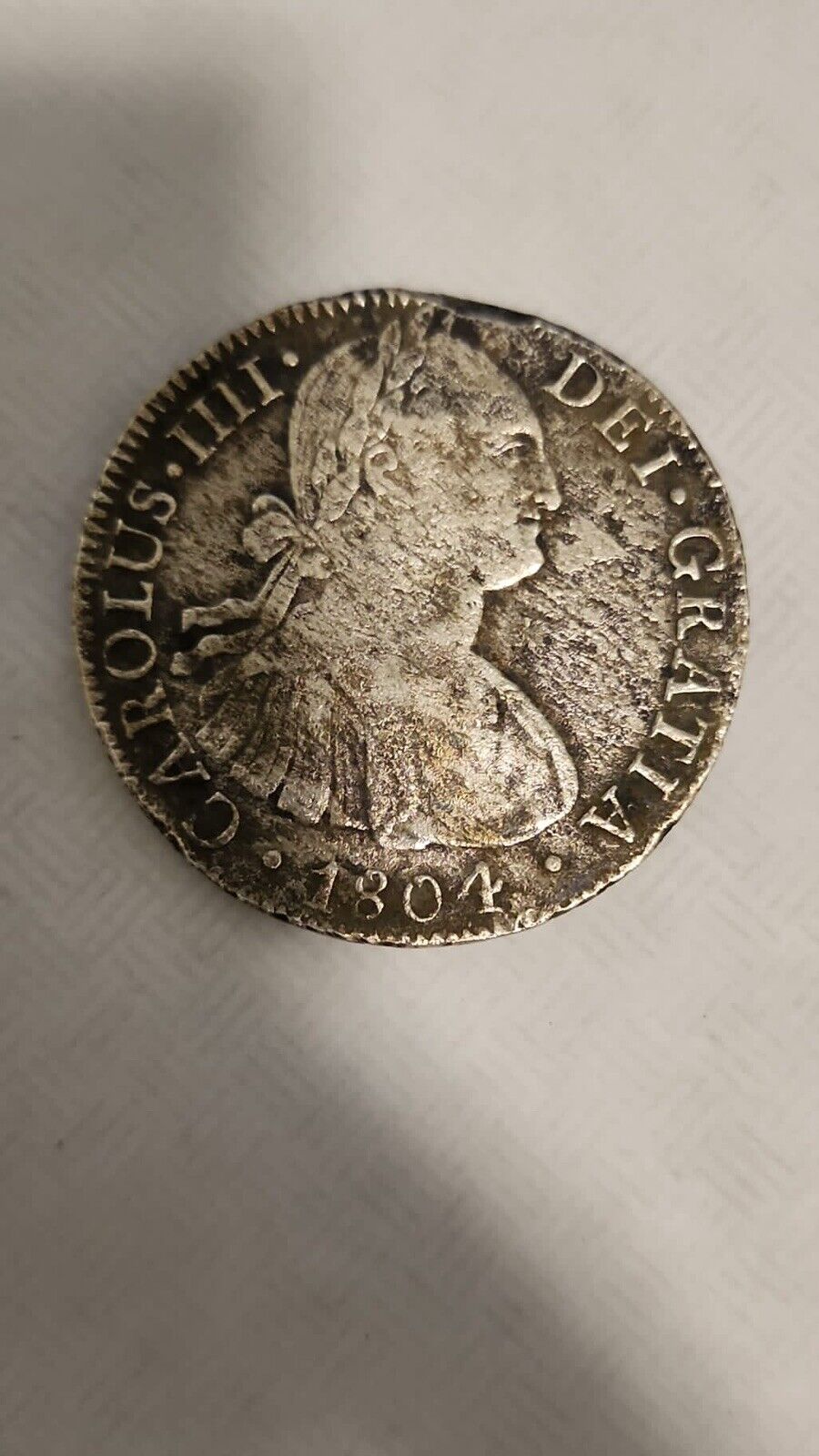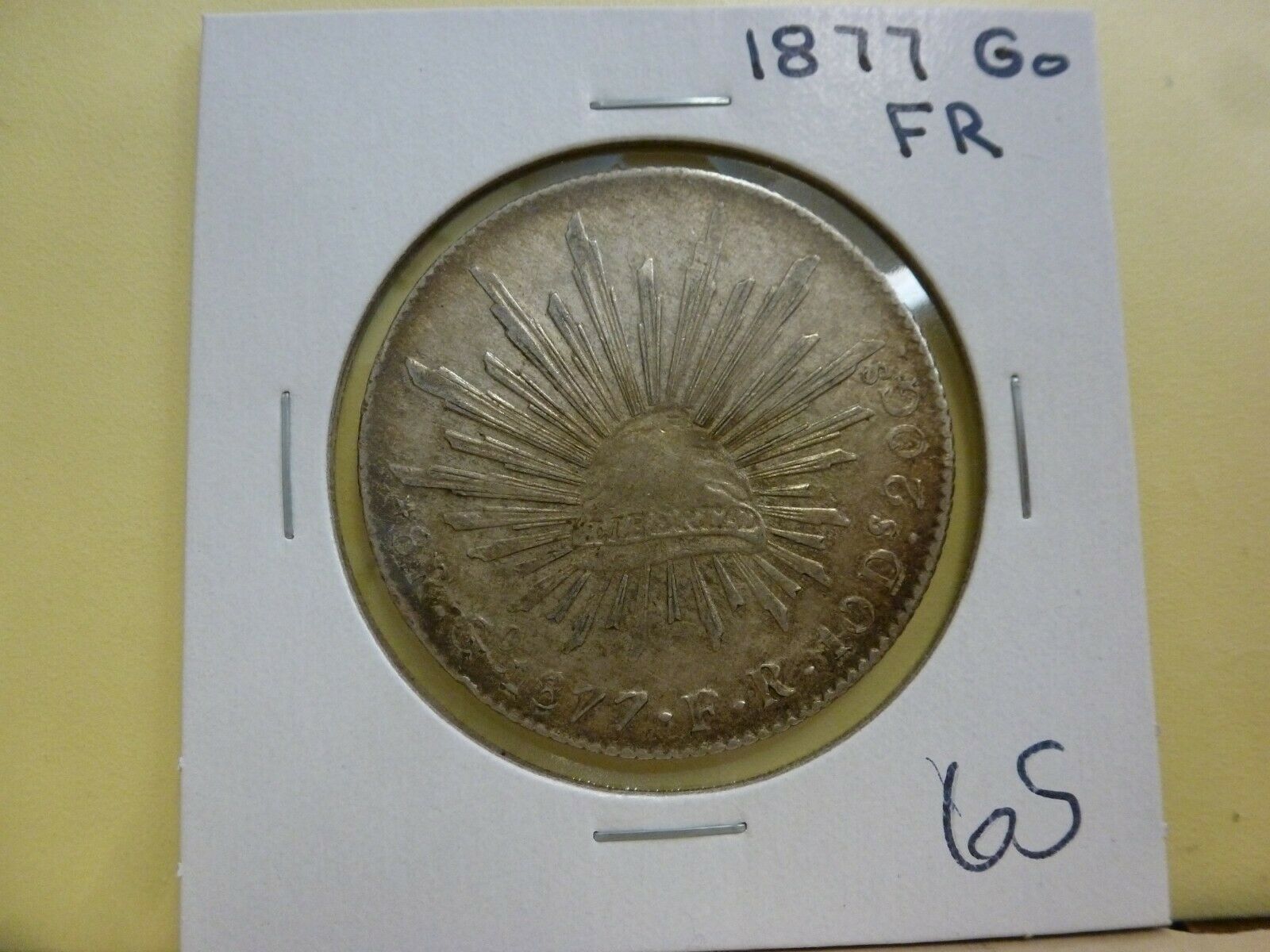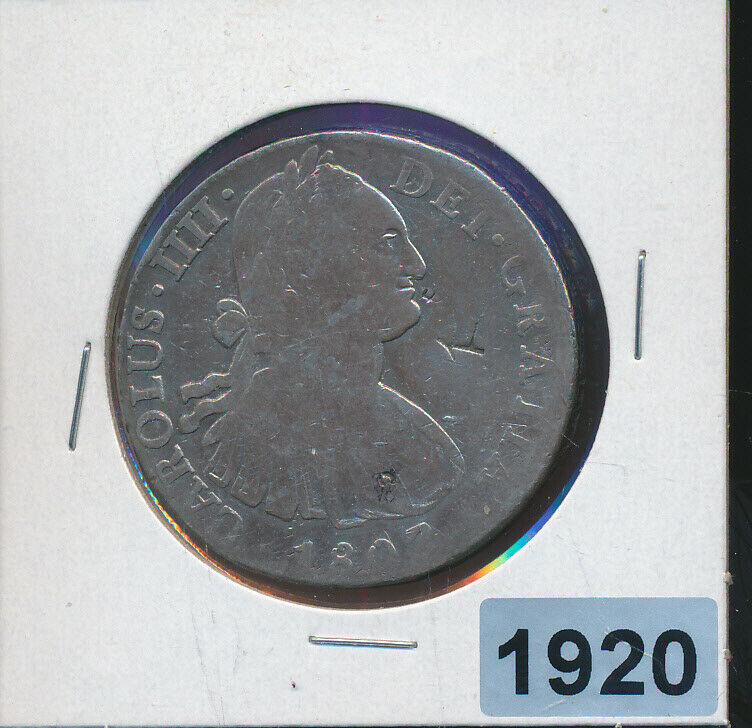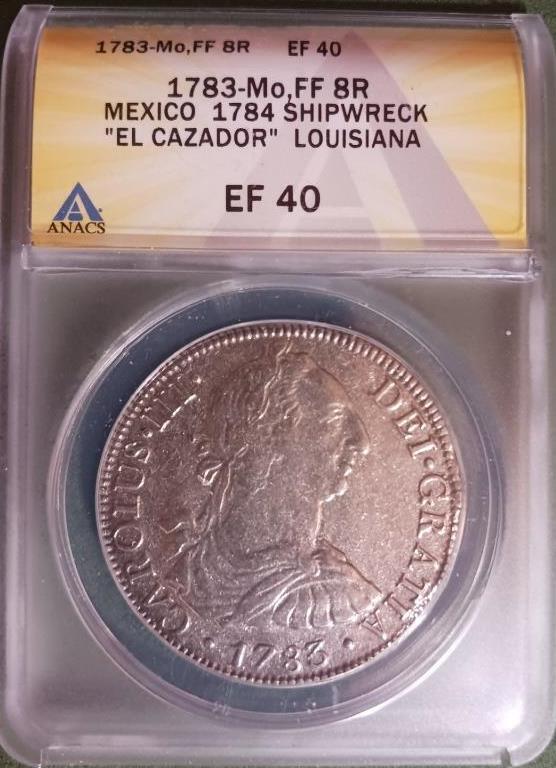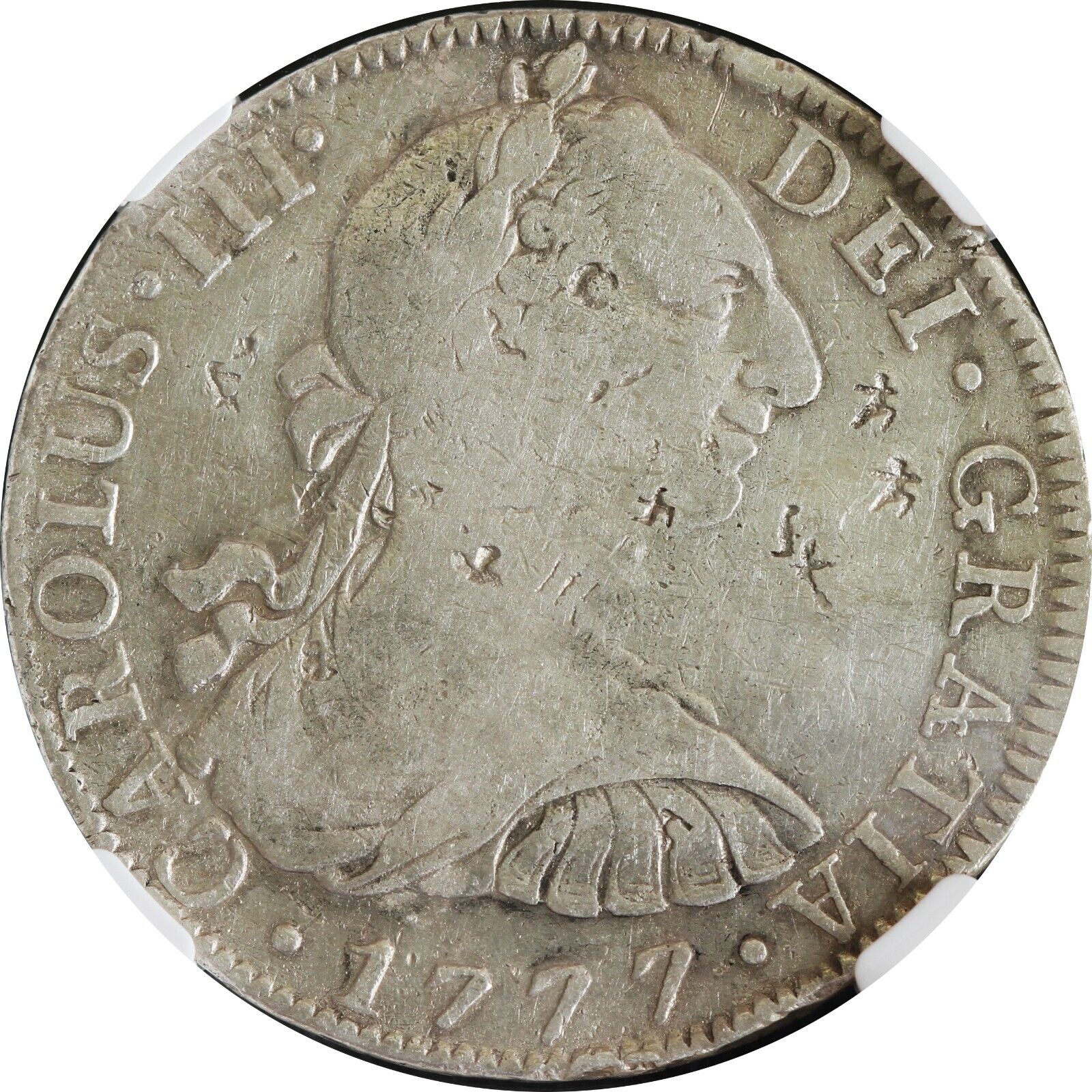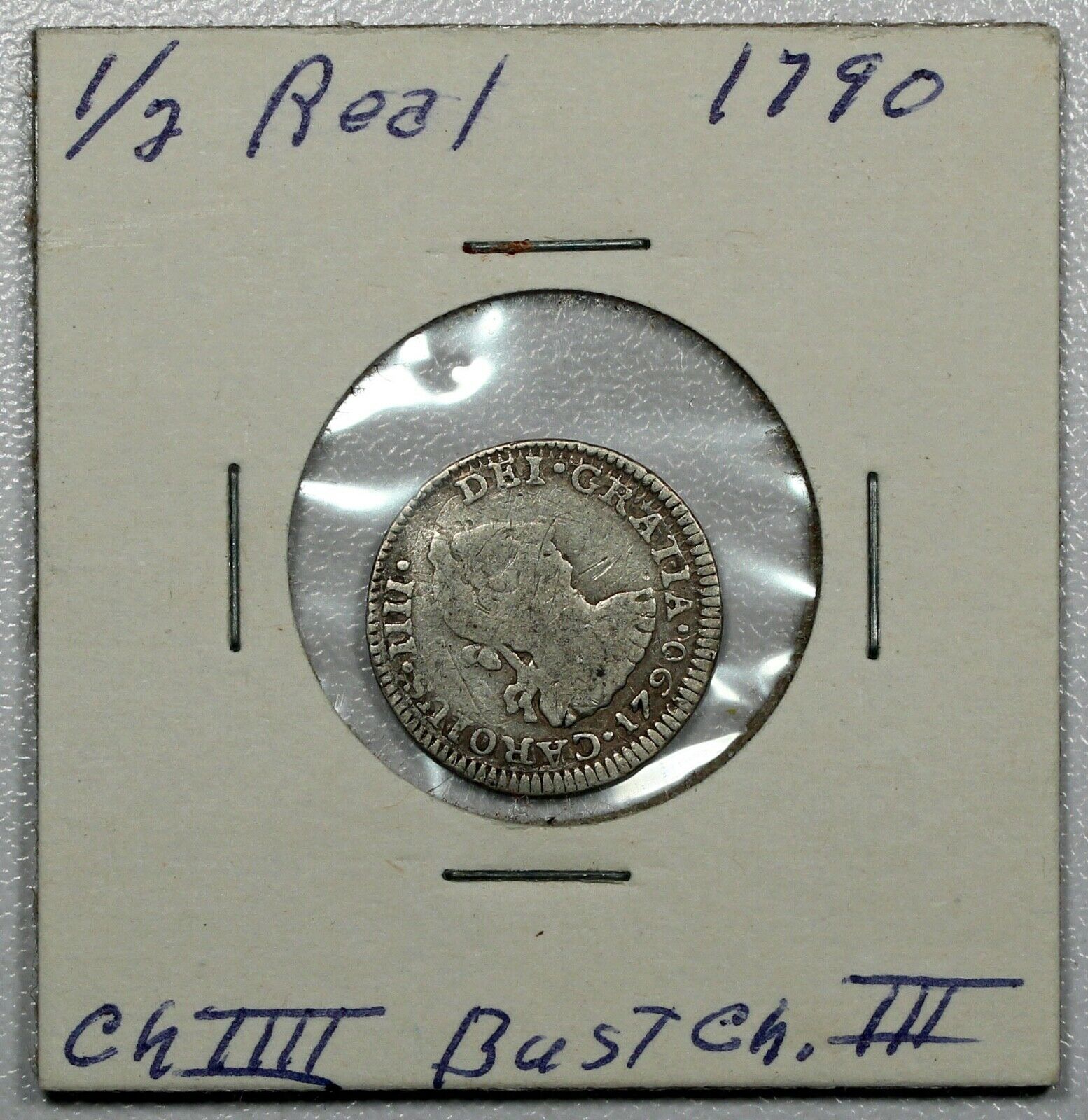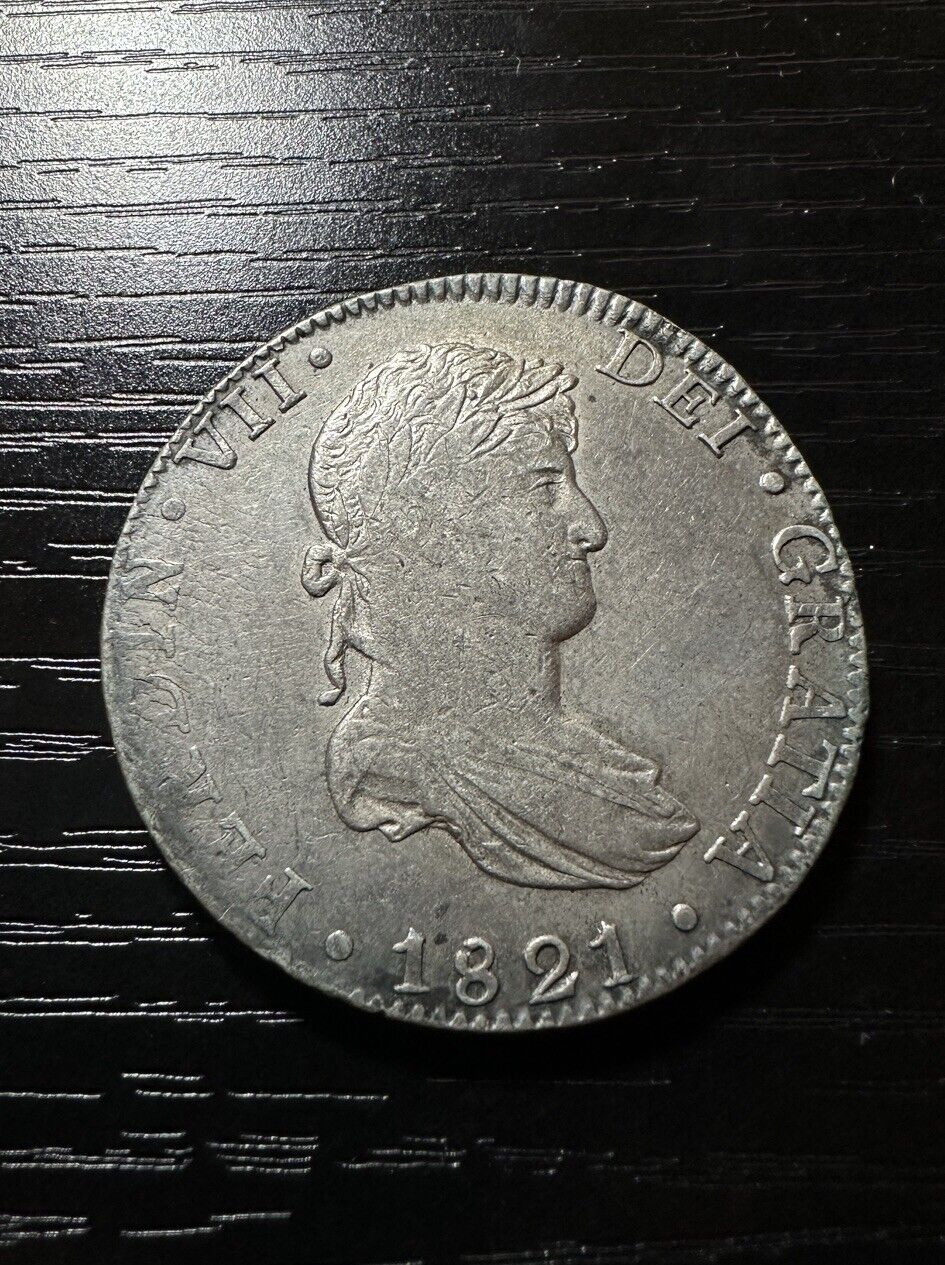-40%
KIP WAGNER'S PERSONAL MEXICO 1714 8 ESCUDOS 1715 FLEET SHIPWRECK NGC 64 PIRATE
$ 132000
- Description
- Size Guide
Description
Mexico 8 Escudos 1714 "KIP WAGNER'S PERSONAL COIN 1715 Fleet Shipwreck" NGC 64Description
MEXICO, Mexico City, gold cob 8 escudos, (1714) J, Royal dies, NGC MS 64 (1715 Fleet Shipwreck Label), ex-Kip Wagner (stated on label), Pieces of Eight and National Geographic Plate. S-M30; Cal-unl; KM-unl. 26.98 grams
Following the Real Eight Company's discoveries of gold from the 1715 Fleet in the early 1960s, Kip Wagner embarked on a mission to showcase his findings. He conceived the idea of featuring an article in National Geographic along with a book, both containing identical photos. Wagner took pride in exhibiting coins he had preserved, particularly highlighting two Mexican 8 escudos coins between his thumbs and forefingers. One displayed the shield side, while the other showed the cross side, with the former being the focal point. What Wagner may not have been aware of was the exceptional beauty of this coin, attributed to its origin from the same dies as the elegant Royals (galanos) of that era.
There's a possibility that this specific coin, despite its slightly smaller and less uniform flan, could have been a test strike, given its impeccable centering and crisp details. The presence of quatrefoil ornaments above and below the oMJ and VIII, along with "daggers" in the tressure around the cross, signifies its royal status. However, the peripheries, including the date, retain the flat and beveled characteristics typical of coins from that period.
Enhanced by a gentle toning over its abundant luster, coupled with its distinguished history, this coin deserves recognition as one of the prime treasures salvaged from the 1715 Fleet. Its prominence is further established by its inclusion in the January 1965 issue of National Geographic under the article "Drowned Galleons Yield Spanish Gold," and in Kip Wagner's book "Pieces of Eight" from 1966. Its provenance is documented through certificates, invoices from Frank Sedwick dating back to 1990, and a letter establishing its origin from the estate of Kip Wagner, solidifying its prestigious pedigree.
In the evening of July 30, 1715, seven days after departing from Havana, Cuba, 11 of the 12 ships from this fleet were lost in a hurricane near present day Vero Beach, Florida. Because the fleet was carrying silver, it is also known as the 1715 Plate Fleet (plata being the Spanish word for silver plate). Some artifacts and even coins still wash up on Florida beaches from time to time. Around 1,000 sailors perished while a small number survived on lifeboats. Many ships, including pirates, took part in the initial salvage. Initially a privateer, Henry Jennings was first accused of piracy for attacking such salvage ships and claiming their loot. Thus, earning this coinage the name of “Pirate’s Gold!”
The story begins with the “War of the Spanish Succession” ending, as well as the death of the Spanish Queen. King Philip found a new bride, Elizabeth Farnesse, Duchess of Palma and needed a new Queen's Dowry. The king would send two separate fleets to the New World (after the government had cancelled all sailing from the Americas to Spain for two years), which would load up at separate ports ~ Vera Cruz and Cartegena, then meet up in Havana. The plan was to have one large Armada with a heavy navel escort, carrying the accumulated precious metals and jewels from the last three years. Of which, the average year sailed in between 90 and 120 million francs. Treasure ~ The Cartegena Fleet arrived first in Havana (in March), loaded down by chests filled with Gold coins (from Santa Fe de Bogota), Colombian Emeralds from Muzo mine and gold jewelry from Peru. Awaiting the fleet of Vera Cruz, commanded by Gen. Don Juan Eseban de Ubilla, carrying Gold and Silver ingots. However, Don Juan was delayed in Vera Cruz awaiting pack mule trains from Acapulco. Finally, in the first week of May the mule train arrived with their silks, ivories and blue and white porcelains. The details of the Queen's Jewels are blurry at best but were known to include and Emerald ring weighing in at 74 carats, a heart designed from 130 matched pears, a pair of earrings each of 14 pearls and a rosary of pure coral. There were 8 chests in total and stowed in Ubilla’s cabin (who was a senior military officer and had overall command).
After many other delays, finally the Galleons left Havana on Wednesday July 24th, with favorable winds pushing them at nearly 6 knots. By the 29th the winds were over 70 knots, with gusts hitting over 100 knots. The chaplain said, “the water flew in the air like arrows, doing injury to those it hit.” Finally, at 2:30am on July 31st, the flagship hit the reefs and torn apart, throwing all off her decks and 223 sailors were pounded to death by the rocks. More than 700 men were missing, wreckage and bodies scattered for almost 30 miles along the coast. For the next four years the Spanish attempted to salvage the treasure, but finally ceased in 1719. The dangers or sharks, pirates and Indians were just too great. Records show approx. 30% of the inventoried treasure was recovered, which is a low estimate due to much of the inventory being kept off the books to avoid the king’s tax. There was an estimate of 14 million pesos registered treasure lost.
This sunken fleet of Galleons is still giving up her Treasure! In 2010 the claim owners discovered the only bronze swivel gun ever found on the 1715 Fleet. Tucked away inside this the bronze cannon were 51 Gold Escudos and 40 Silver Reales. Shortly after was another discovery of the most amazing artifact, the “Pelican in Piety,” worth 5,000. Then in July 2014, the claim owners crew recovered another 51 Gold escudos valued at 0,000. Most recently, another find of 50 Feet Gold Chain and 5 additional Gold escudos were just recovered, approx.. 0,000 in value.do



















